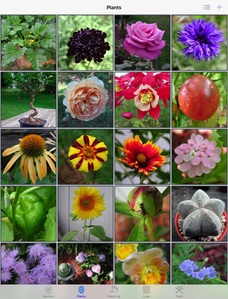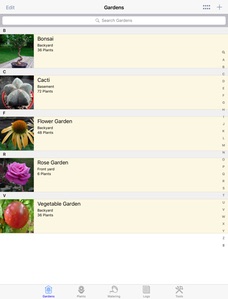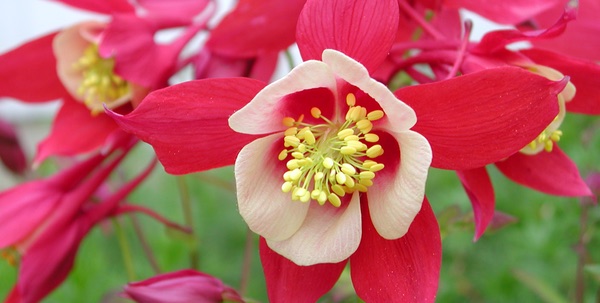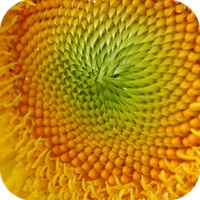The Plant Album v1.4 update is now available on the App Store for iPhone, iPad, and iPod touch.
Plant Album makes keeping track of your plants easy. Whether you just have a few houseplants, or you’re an experienced gardener, Plant Album is the ideal tool for organizing your gardens, plants, watering schedules, and notes.
This update contains the following changes:
Note: This update requires iOS 11 or higher!
- Improved iOS 16 support.
- Added support for Dark Mode.
- Added support for new devices.
- Bug fixes.
If you’re enjoying the app, please take a moment to rate or review it on the App Store!
You can learn more about Plant Album at my website or on the Plant Album Facebook group.






